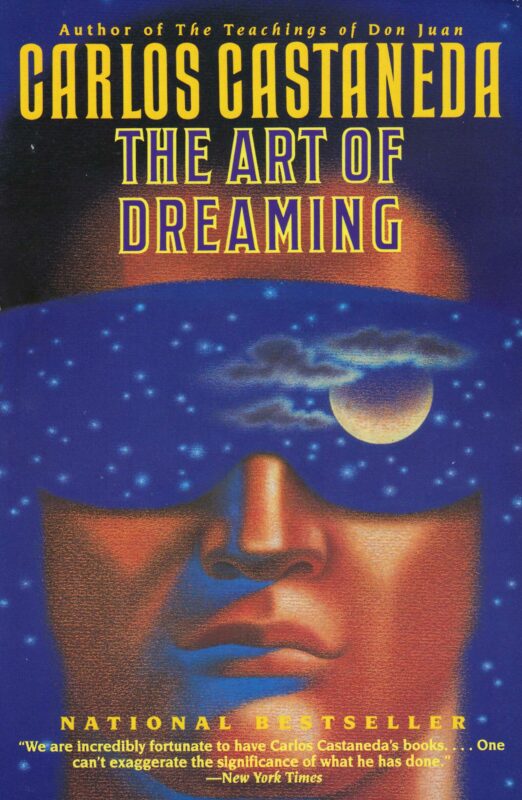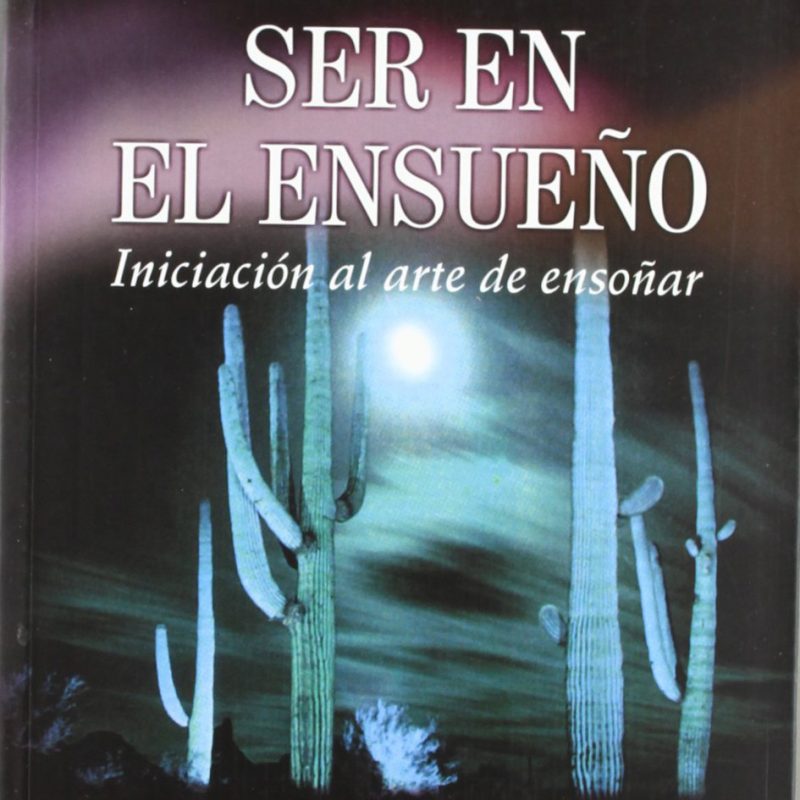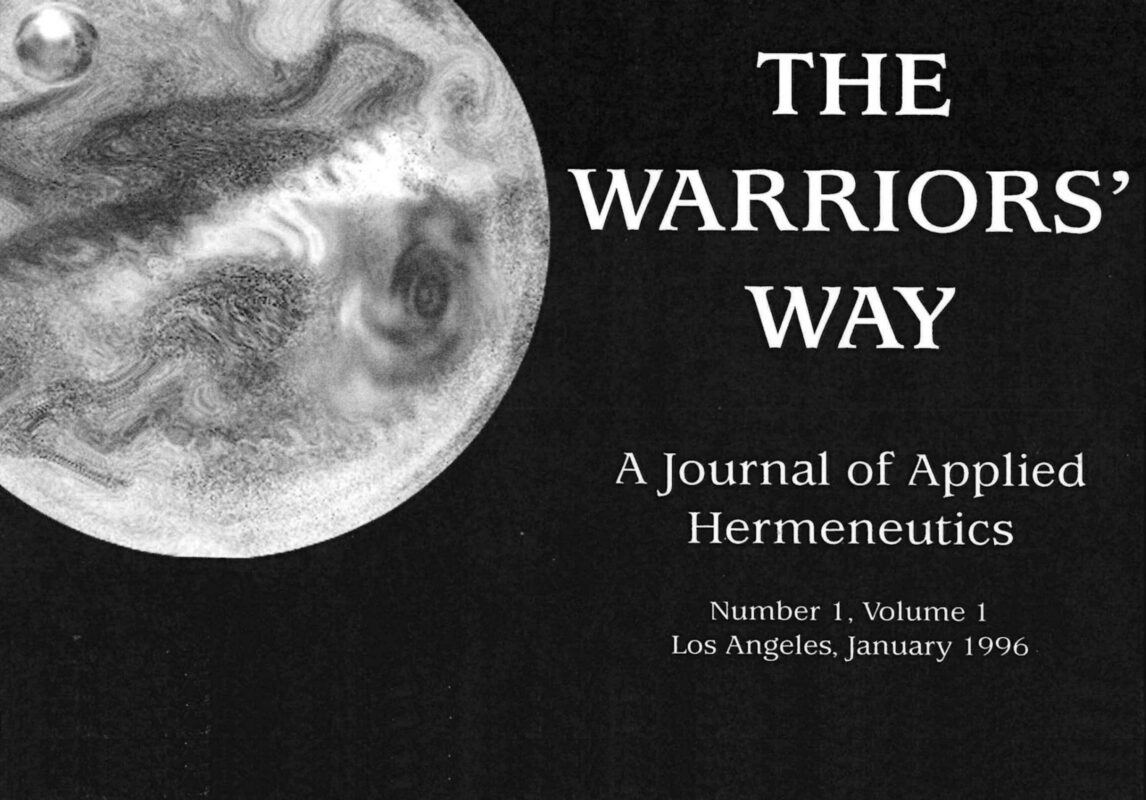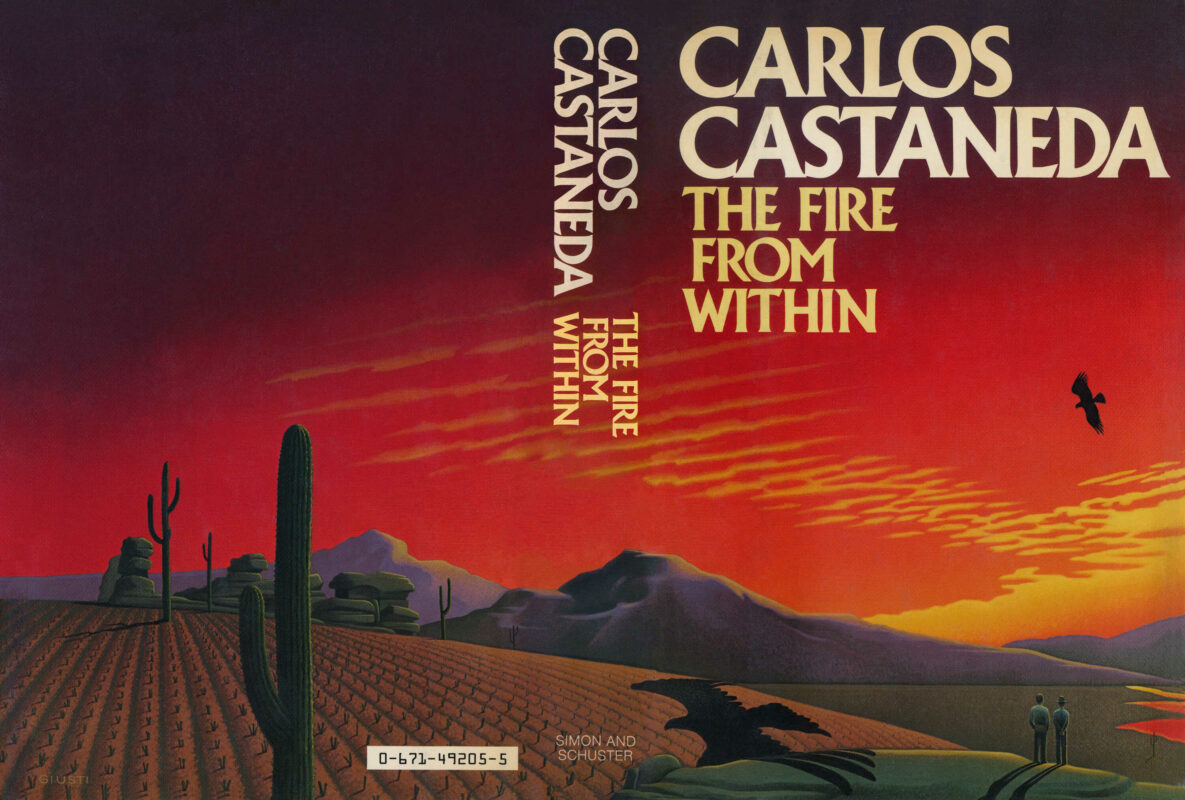Sorcerers of antiquity: an introduction – The Art of Dreaming
In this chapter, Carlos Castaneda recounts don Juan’s explanation of the foundational principles of sorcery, established by brilliant but obsessive “sorcerers of antiquity.” Don Juan contrasts their focus on concrete power with modern sorcerers’ search for abstract freedom. The core discovery of the ancients was the ability to perceive energy directly, which they called “seeing.” This led to the identification of the human energy form as a “luminous egg” and its crucial feature: the “assemblage point,” a spot of brilliance that assembles filaments of universal energy into our perception of the world. Castaneda learns that displacing this point—either as a “shift” within the luminous egg or a “movement” outside of it—is the key to perceiving other worlds and is the basis for the “second attention” and the art of “dreaming,” which is defined as the willful displacement of the assemblage point during sleep.
Sorcerers of antiquity: an introduction – The Art of Dreaming Read More »



